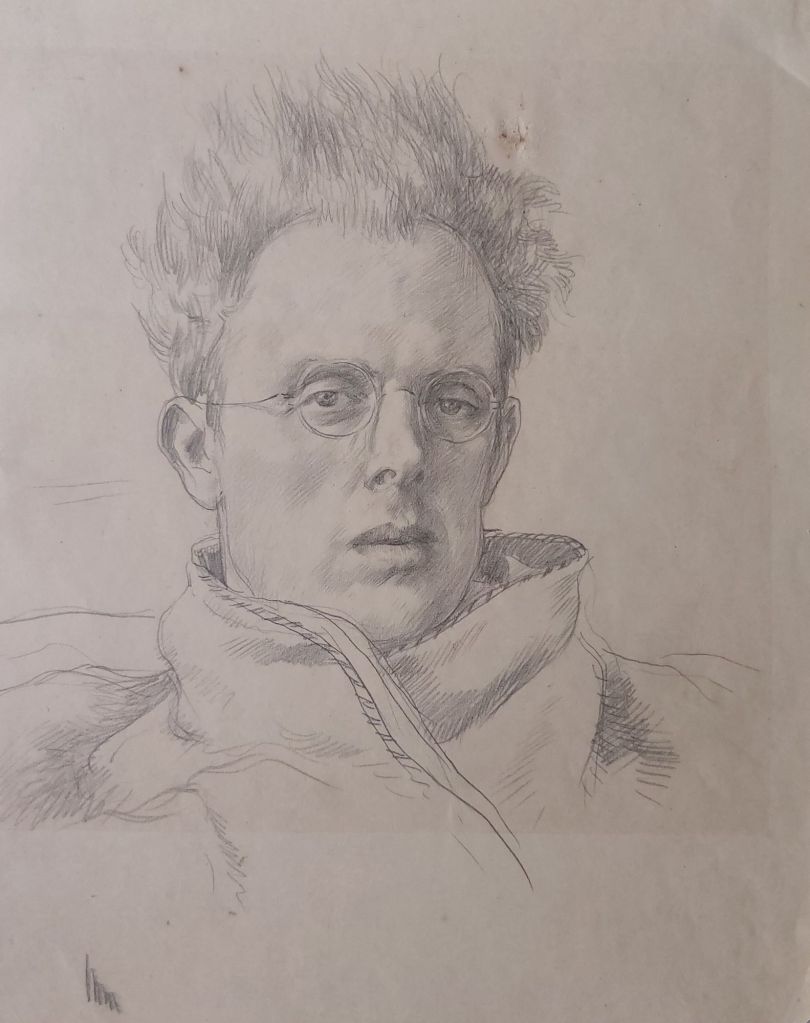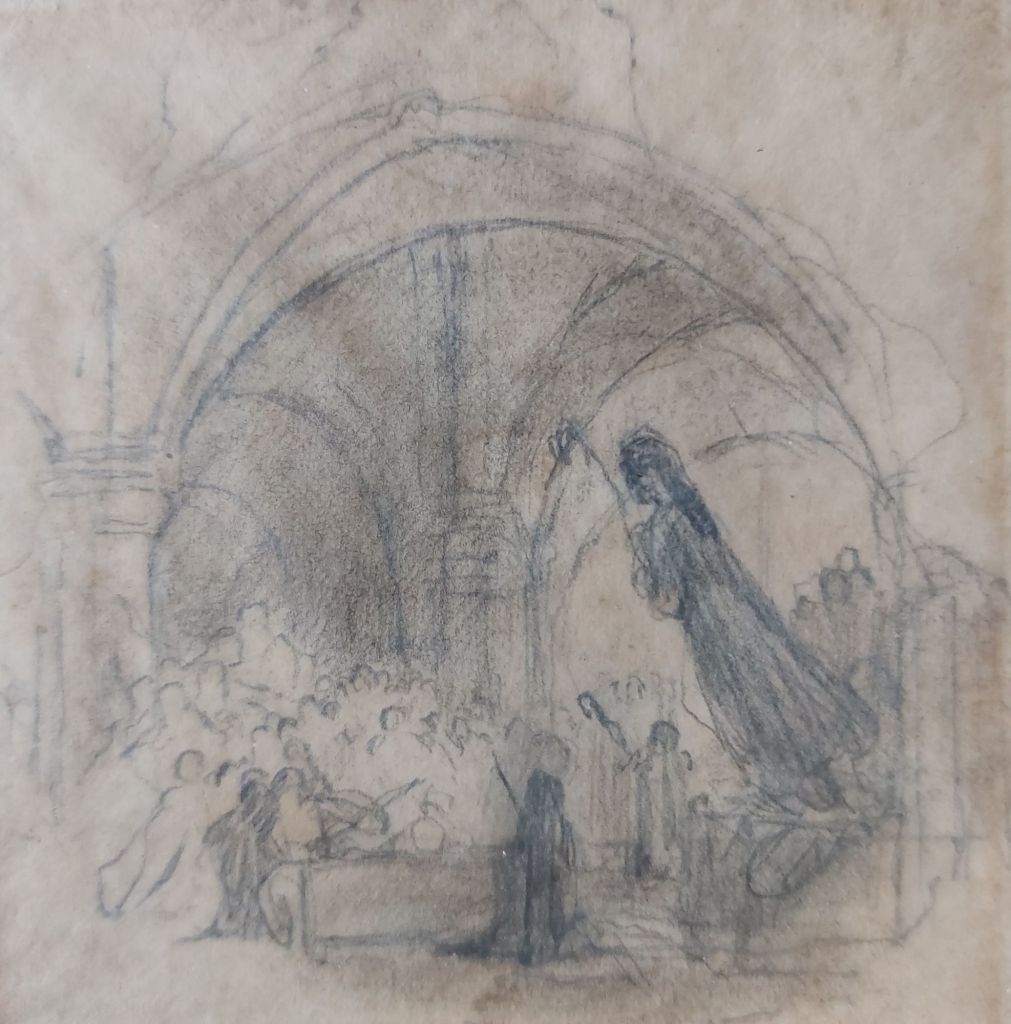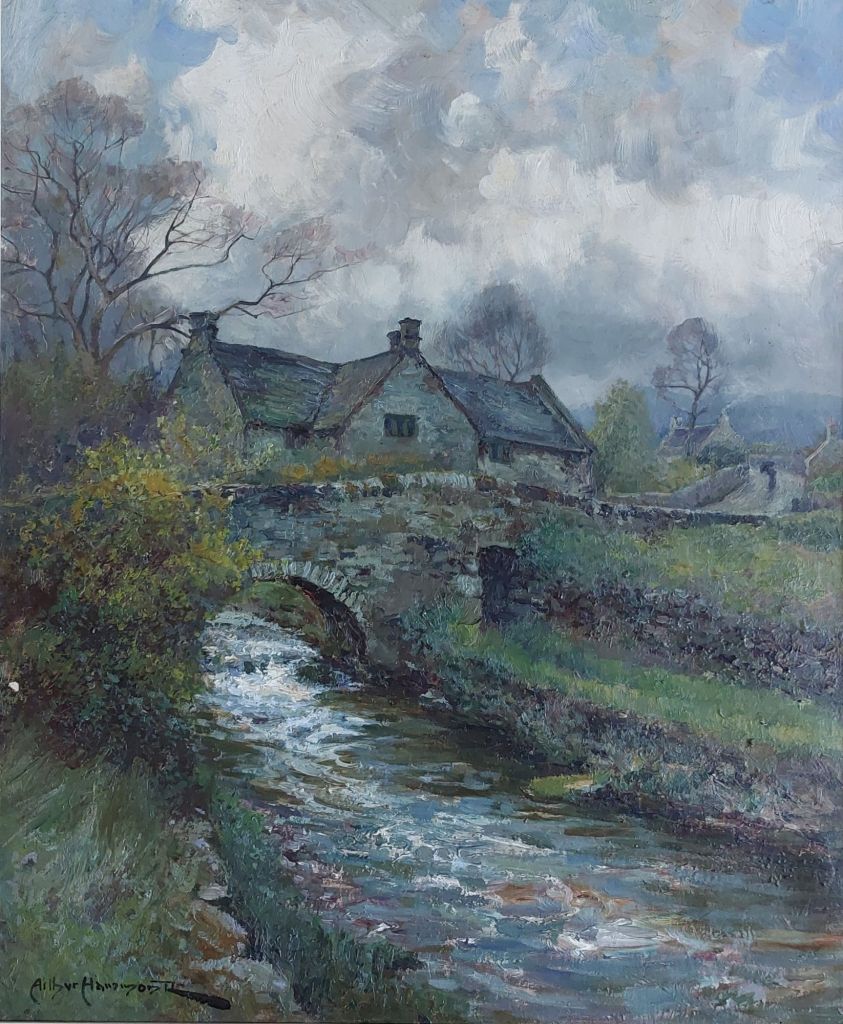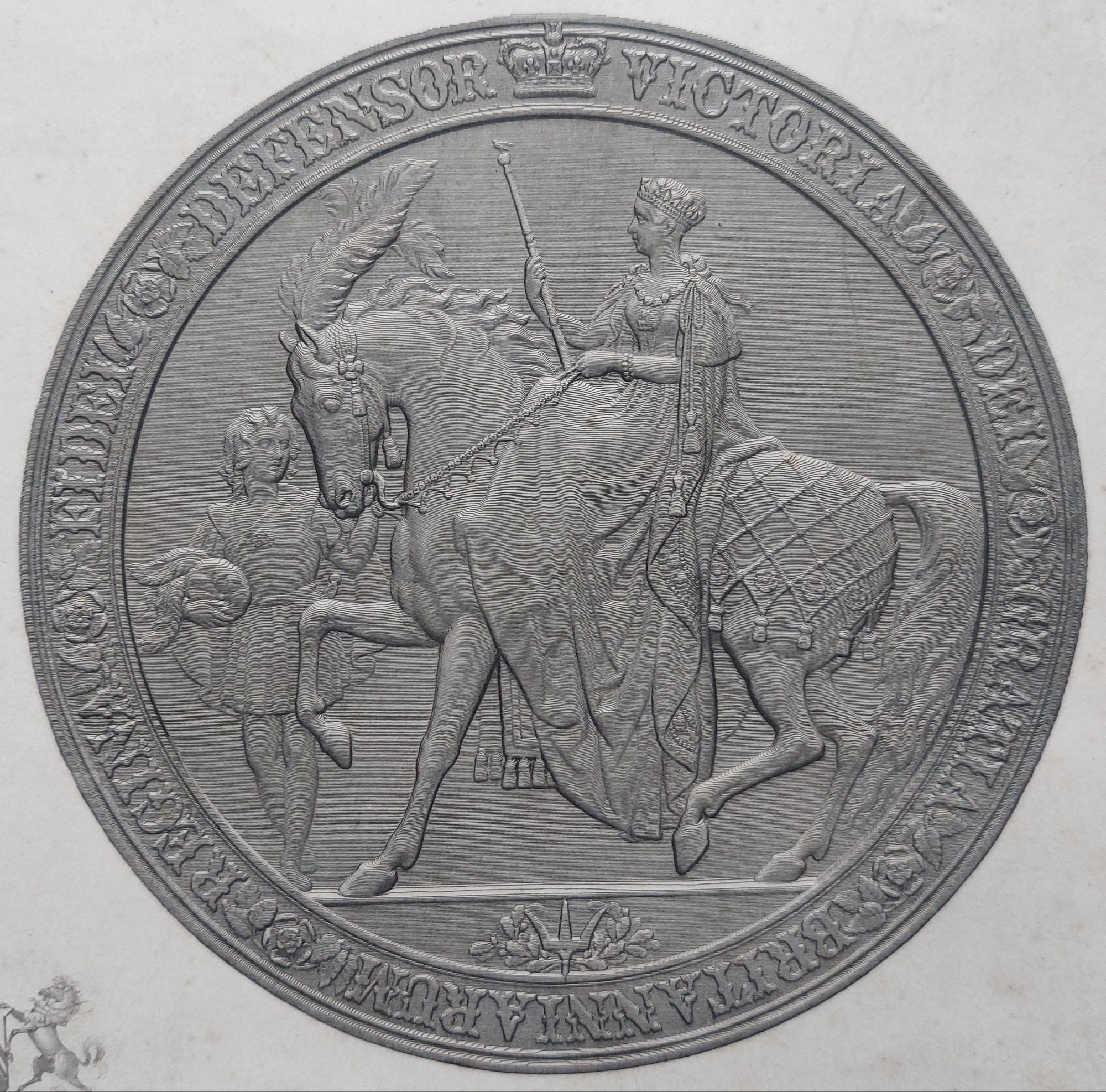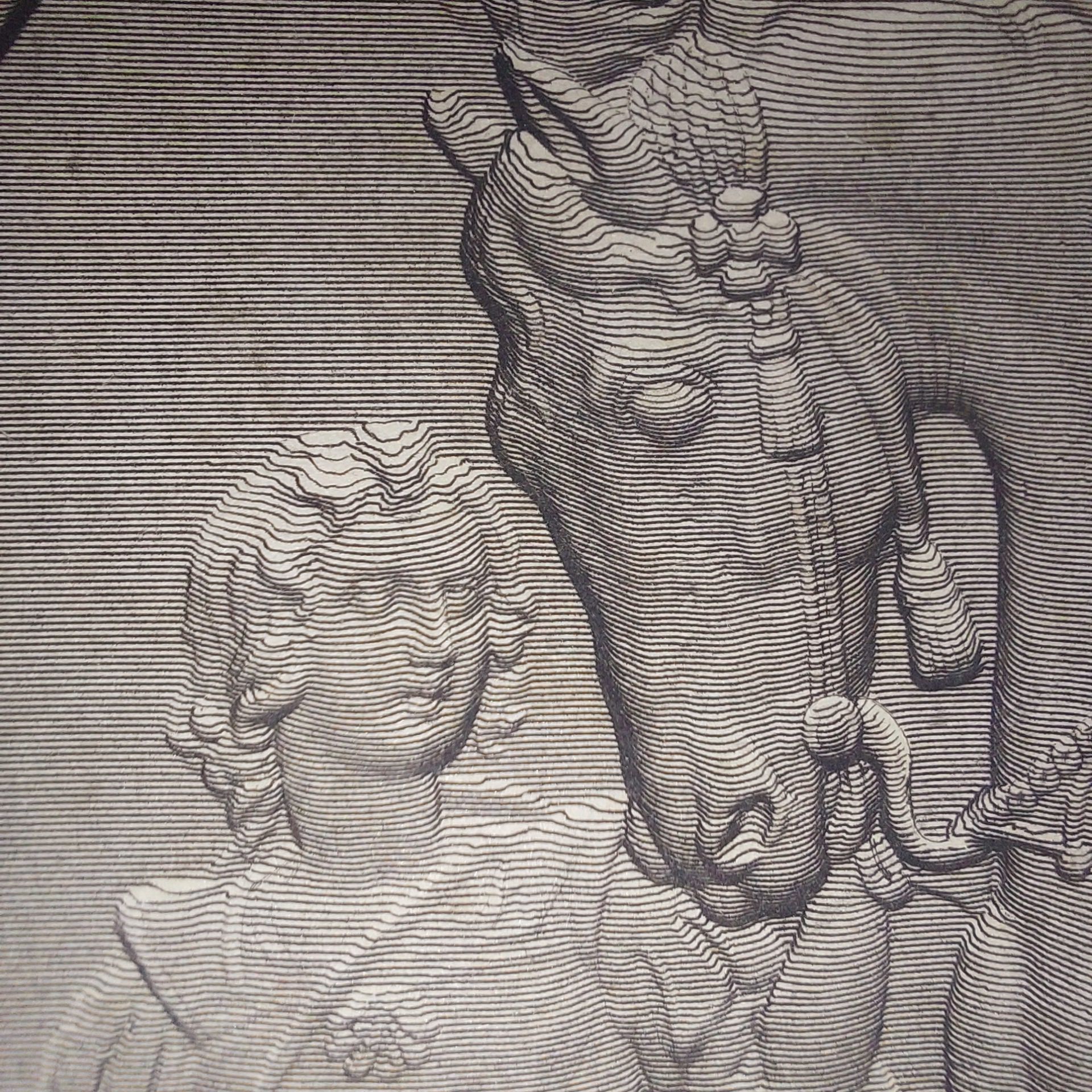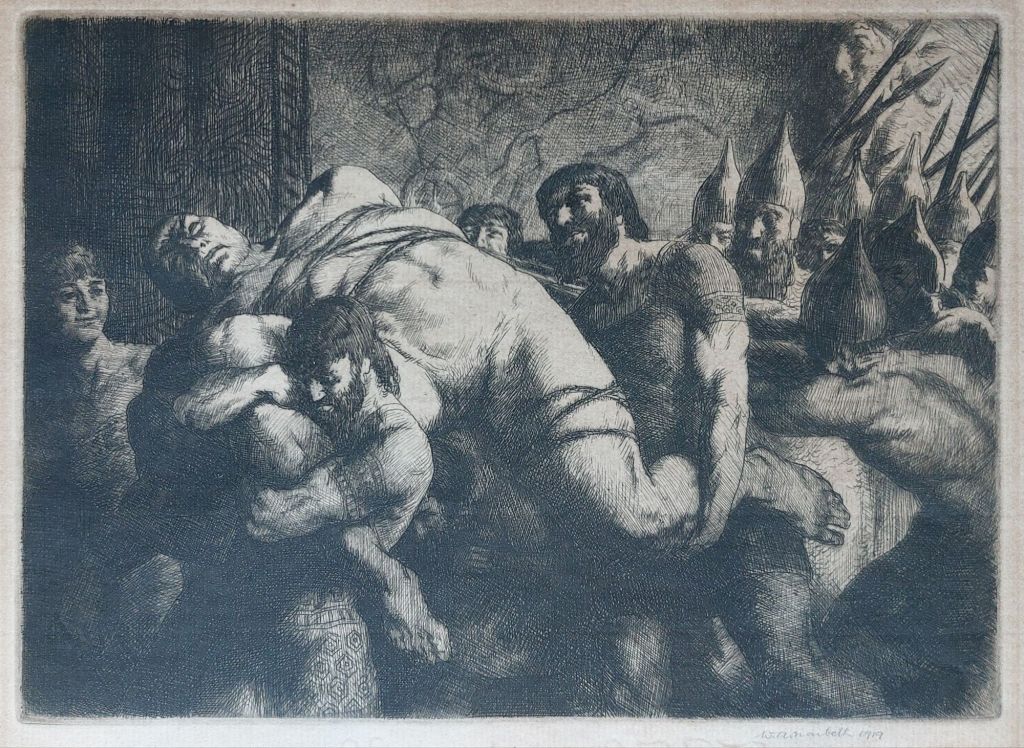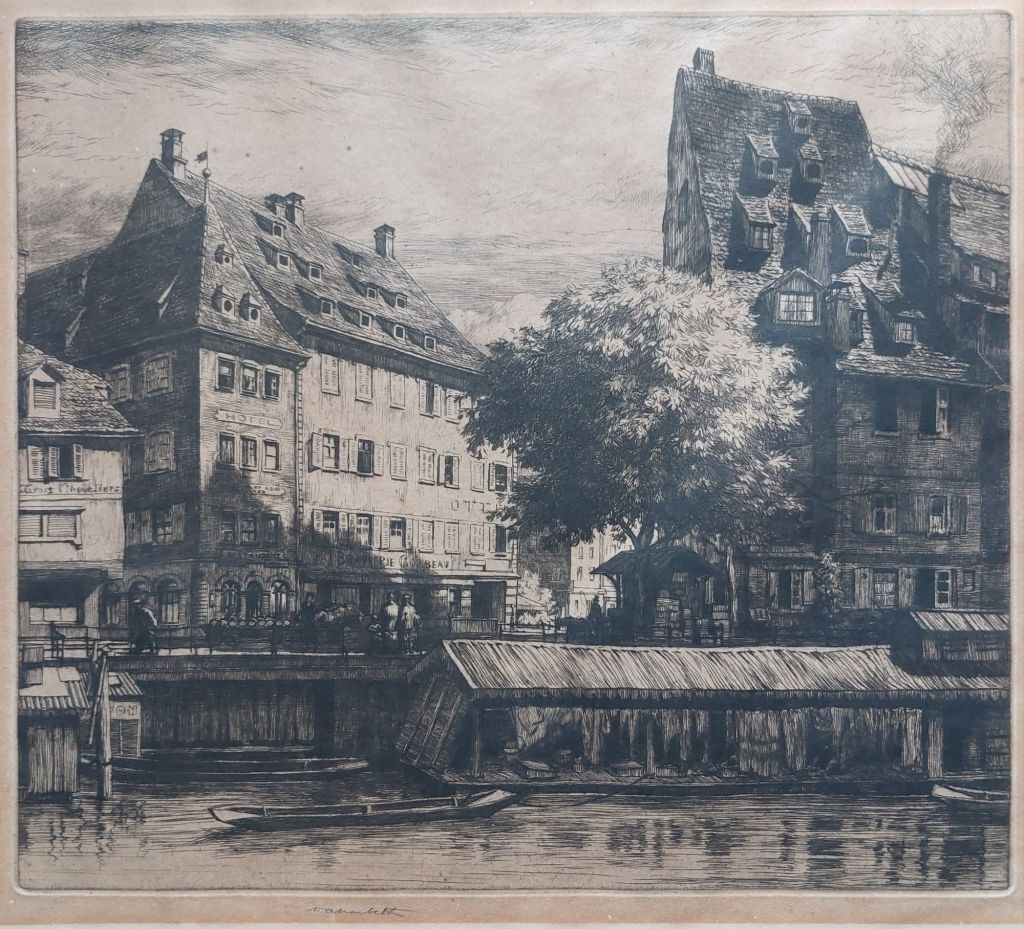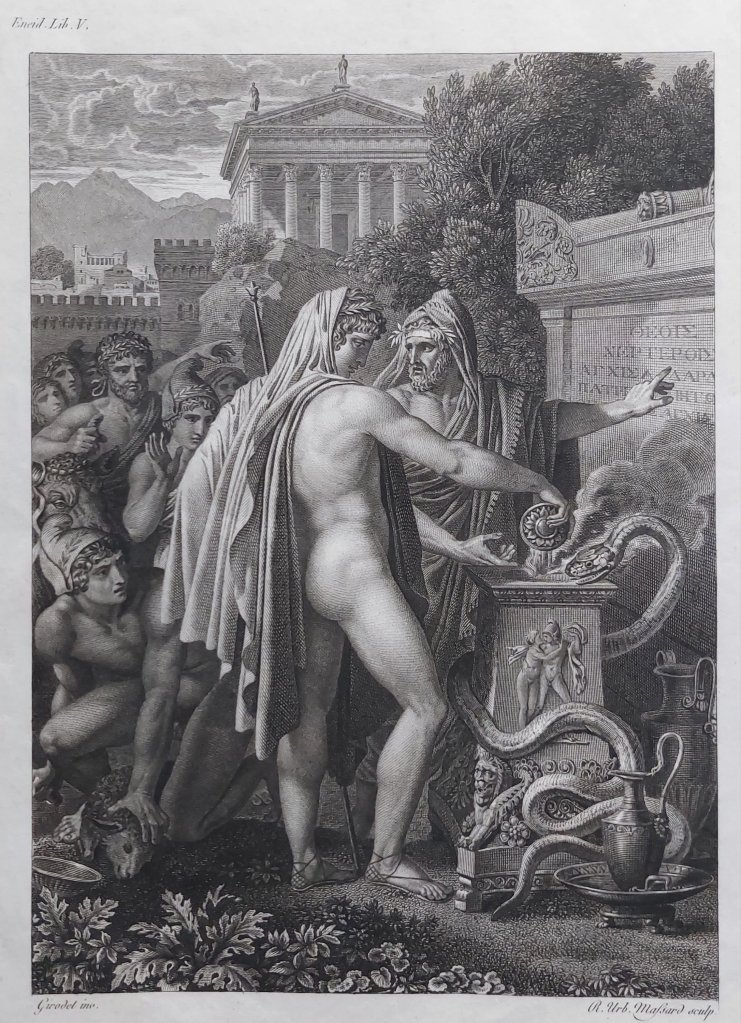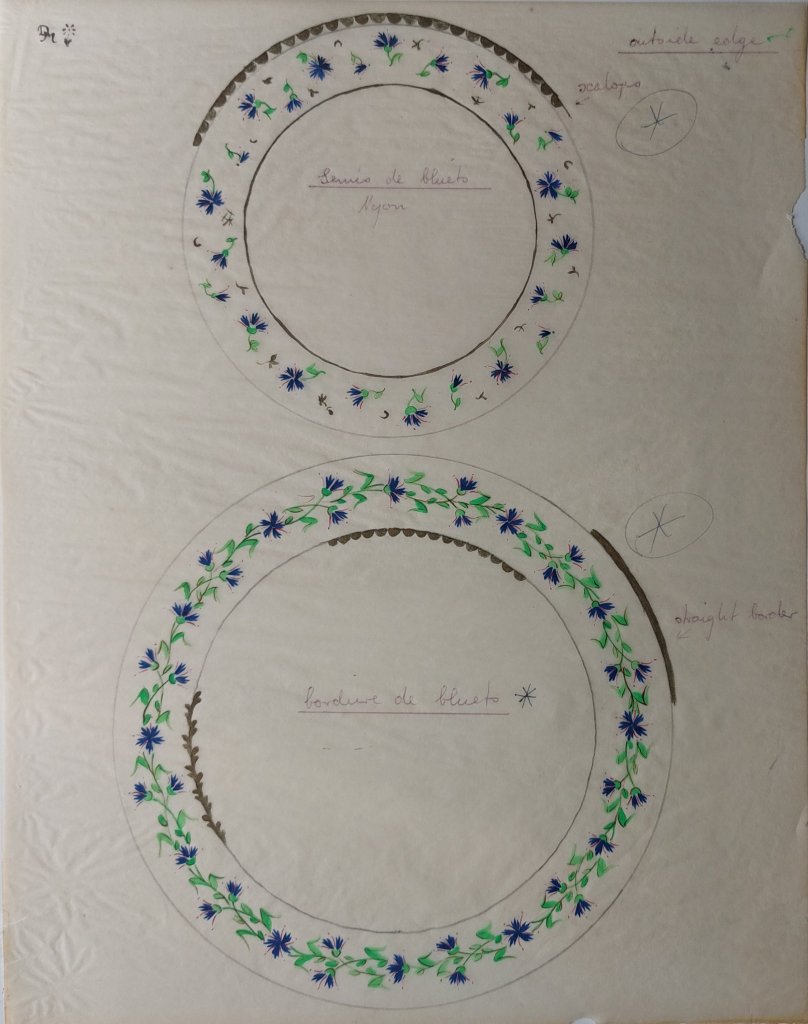A couple of weeks back, I acquired a watercolour painting. It is unsigned, without title and date. So, other than the image itself , there is no easy information available to me. I at first thought it might be a view of Devils Bridge in Switzerland, but after more research and study, I have decided that this is a British artists painting of a scene in the North of Wales.
We travel to #PontAberglaslyn, to one of the most famous beauty spots on the edge of #Snowdonia. Pont Aberglaslyn is a stone arch bridge that spans the Afon Glaslyn. The closest towns are Beddgelert and Nantmor. It was one of the most visited beauty spots in #NorthWales and was a favourite for numerous artists and their mediums.

As you can appreciate, this is a fine landscape done with wonderful shading and choice of colours. I am fairly confident that I have chosen the right place, and I have given a wide time span for its creation. I may not be able to identify the artist who painted this scene but he surely has produced a very fine work.



